It’s springtime. The snow is melting, flowers are blooming, and birds like the American goldfinch are chirping. As the weather gets nicer and you spend more time outside, you’ll probably encounter all kinds of biodiversity where you live. That is why, this spring, NatureServe is celebrating local biodiversity and putting your backyard in focus!
As you navigate this page and learn more about the biodiversity around you, please consider making a gift to NatureServe. We have a goal of raising $50,000 before June 30th, and all funds raised will go towards our work of providing high-quality data to work protecting biodiversity.
Thanks to an individual passionate about biodiversity protection, all gifts made until June 30 will be matched dollar for dollar up to $20,000.

NatureServe recently released Biodiversity in Focus: United States Edition, which found that...
Western Joshua tree (Yucca brevifolia). NatureServe Global Status: Vulnerable (G3). Photo by Sundry Photography.

40% of animals are at risk of extinction
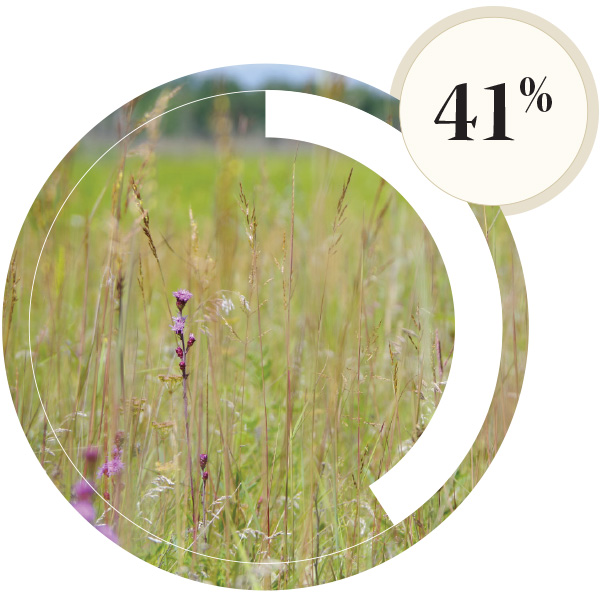
41% of ecosystems are at risk of disappearing

34% of plants are at risk of extinction
The report represents the first time NatureServe has performed a comprehensive analysis on 50 years of data collected by our Network partners across the United States. What it found is that biodiversity is in crisis.
Biodiversity loss can be contributed to a combination of factors including habitat destruction, invasive species, dams, and climate change. To understand how much biodiversity we have lost, take a look at the figures that show where ecosystems used to exist, and what remains.
What type of ecosystems have decreased where you live?
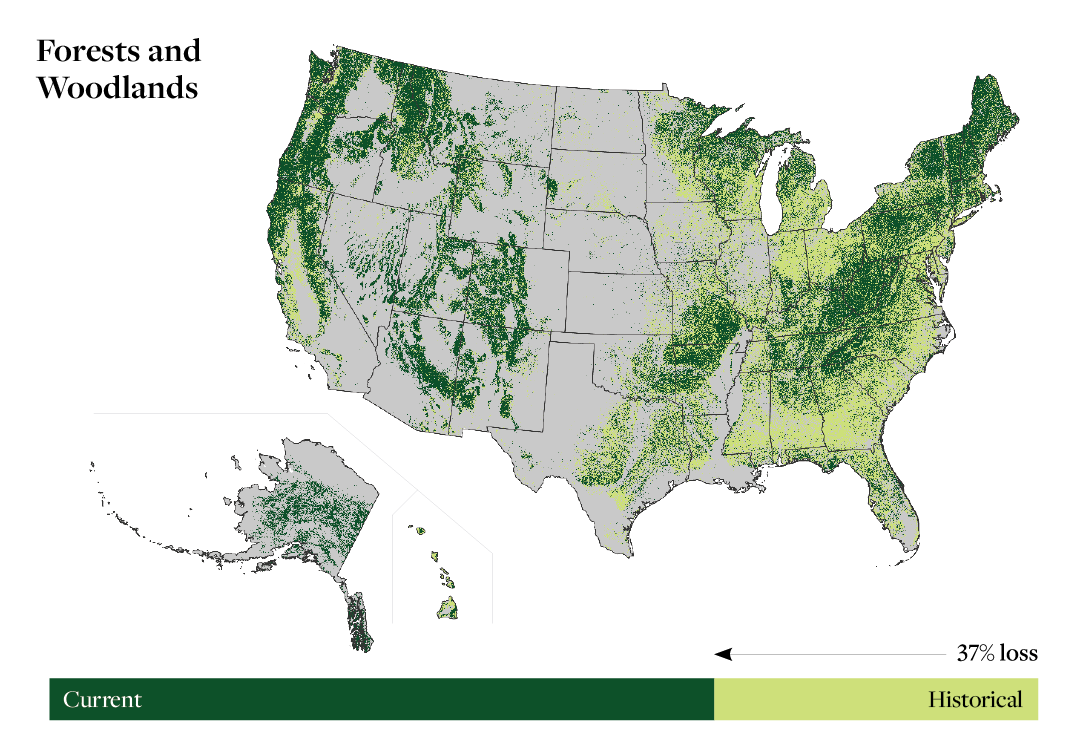
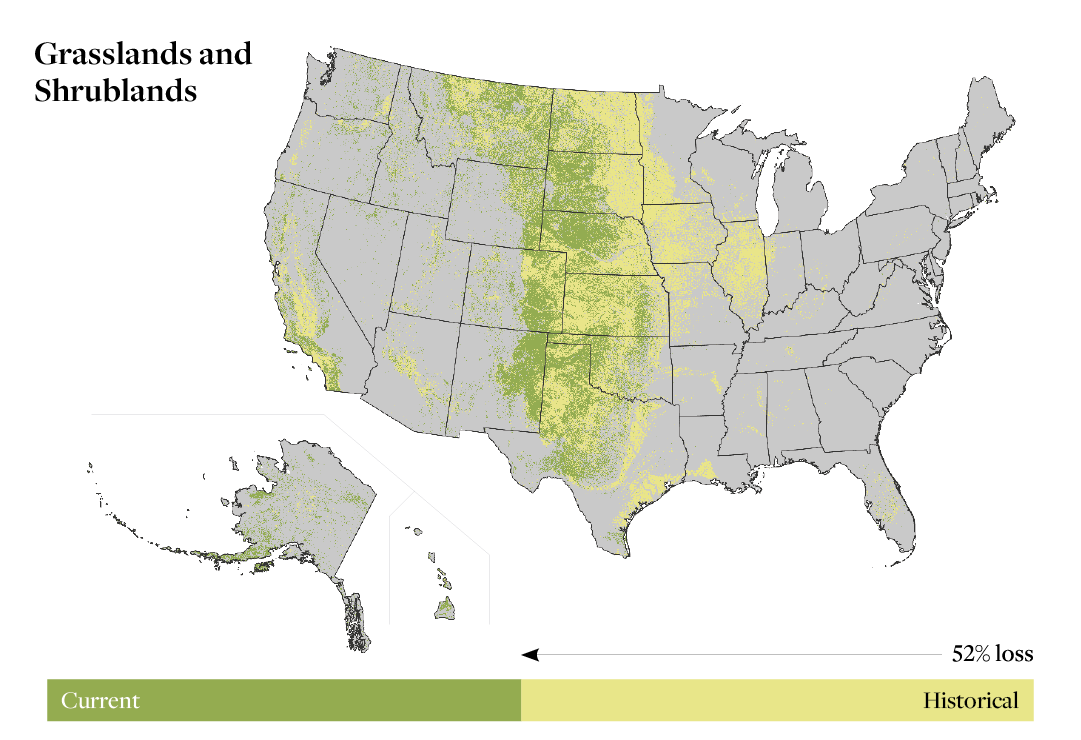
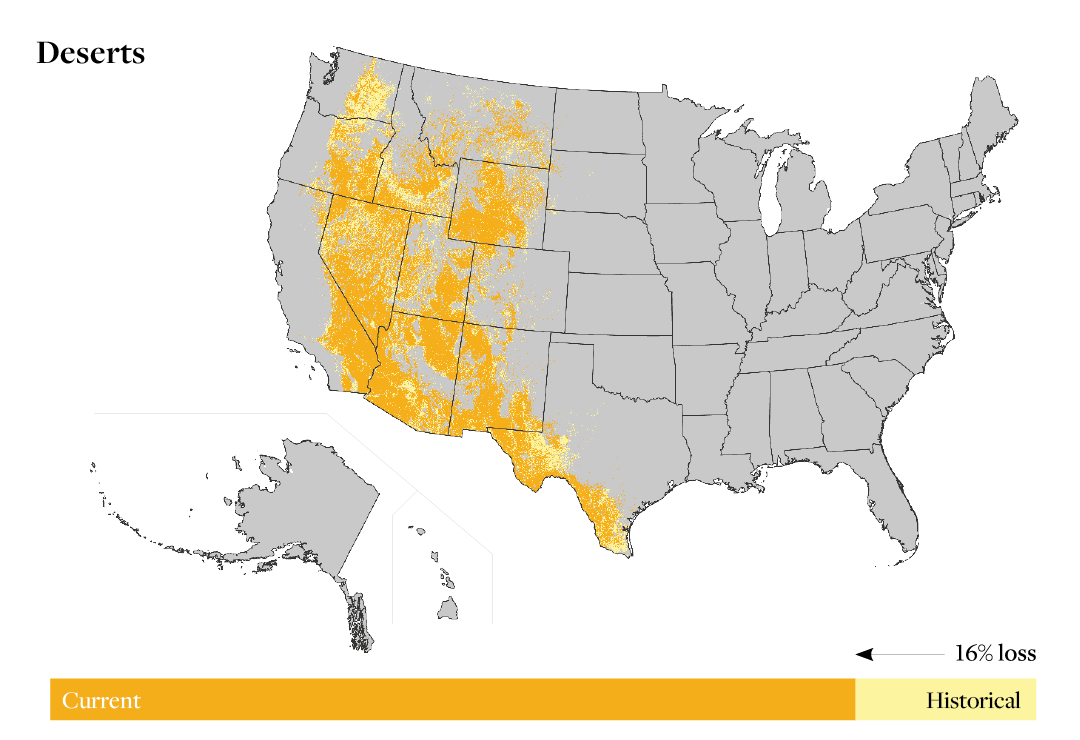
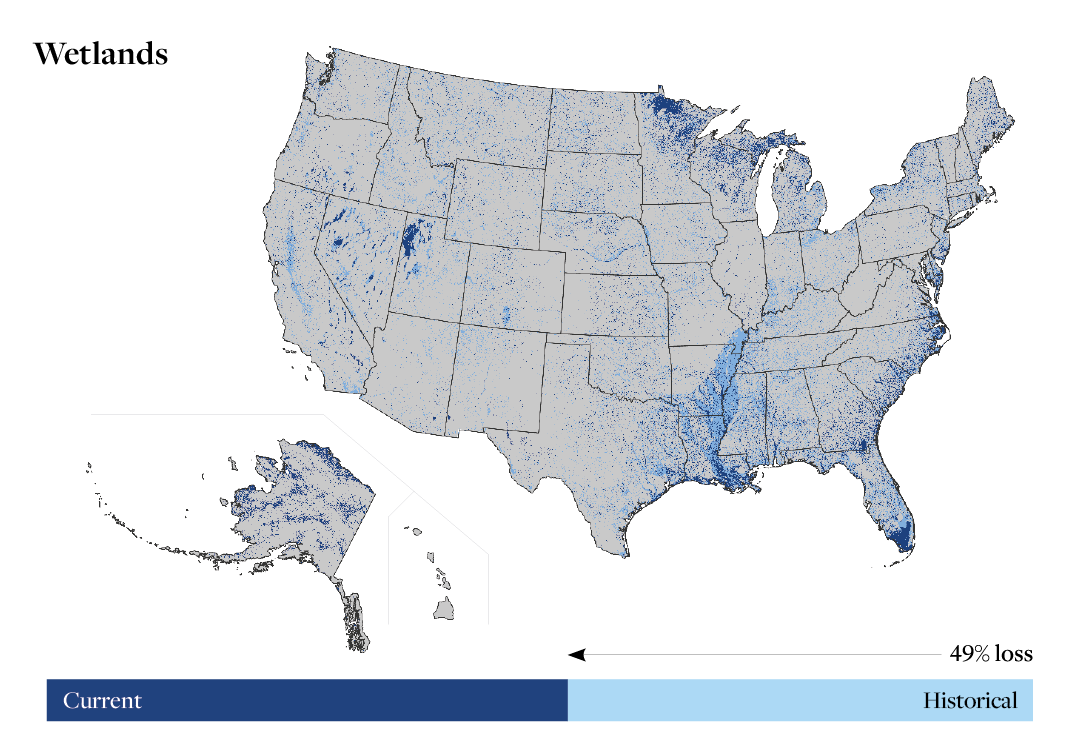
The important thing to know is that it’s not too late to protect the animals, plants, and ecosystems that remain. The information NatureServe provides is critical to focusing on what is needed now. It’s the type of knowledge that will ensure our country’s biodiversity is protected for generations to come!

At-risk Species per U.S. Region
Greater sage-grouse (Centrocercus urophasianus). NatureServe Global Status: Vulnerable (G3). Photo by Jennifer Strickland, U.S. Fish & Wildlife Service.
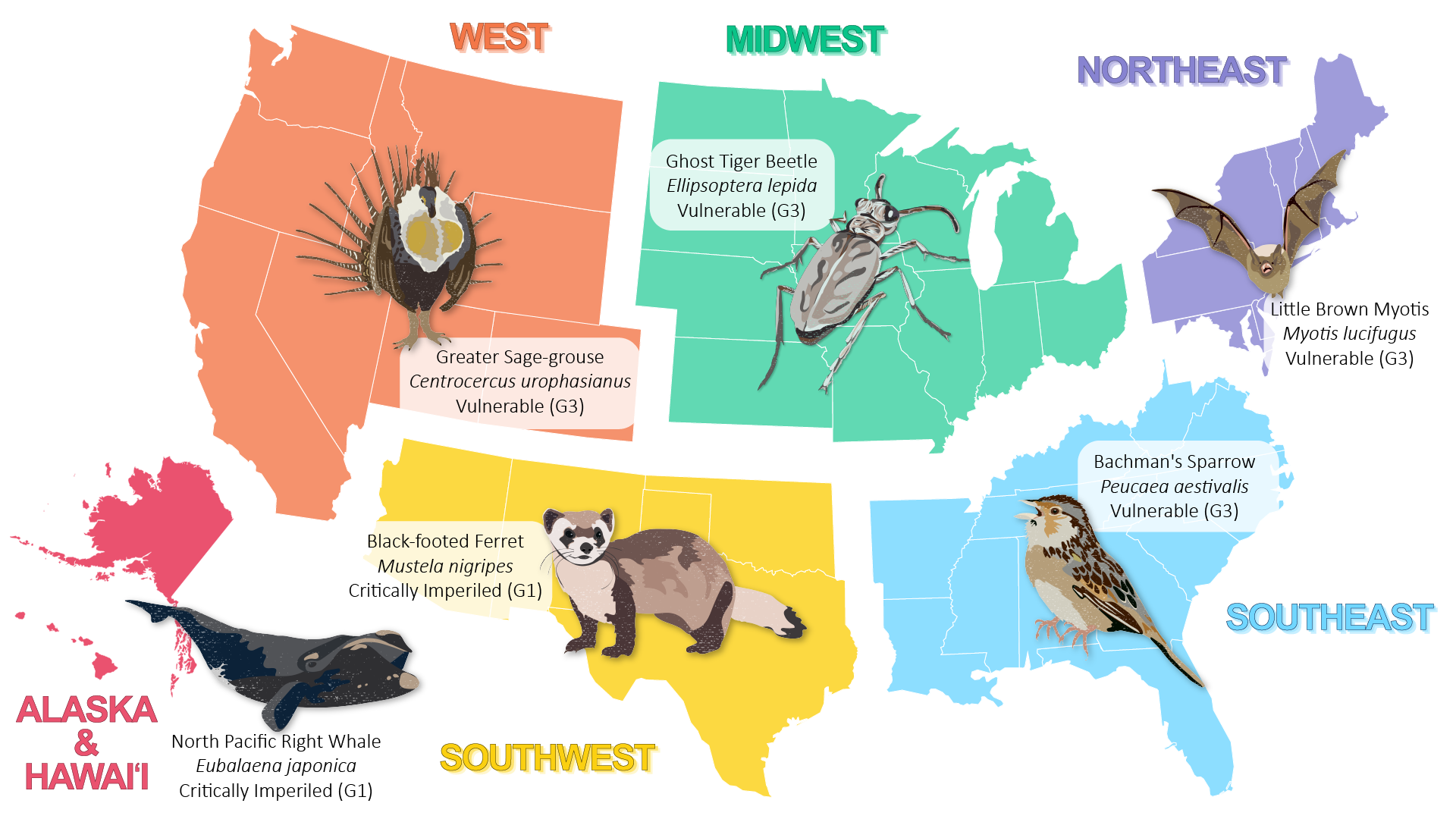
So many states, so many species! See the featured species below to learn about a species that is at-risk in your own region.
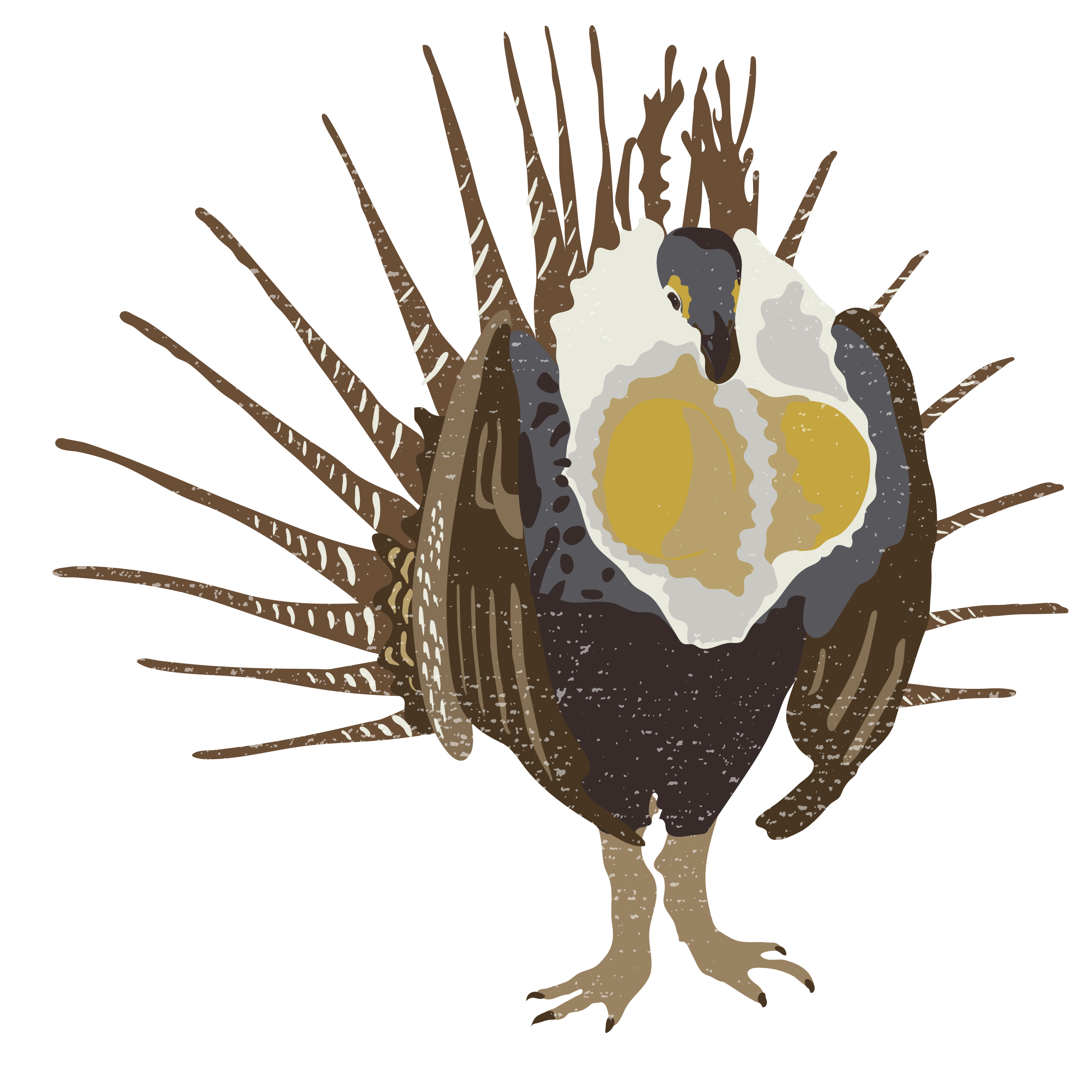
West
Greater Sage-grouse
Status: Vulnerable (G3)
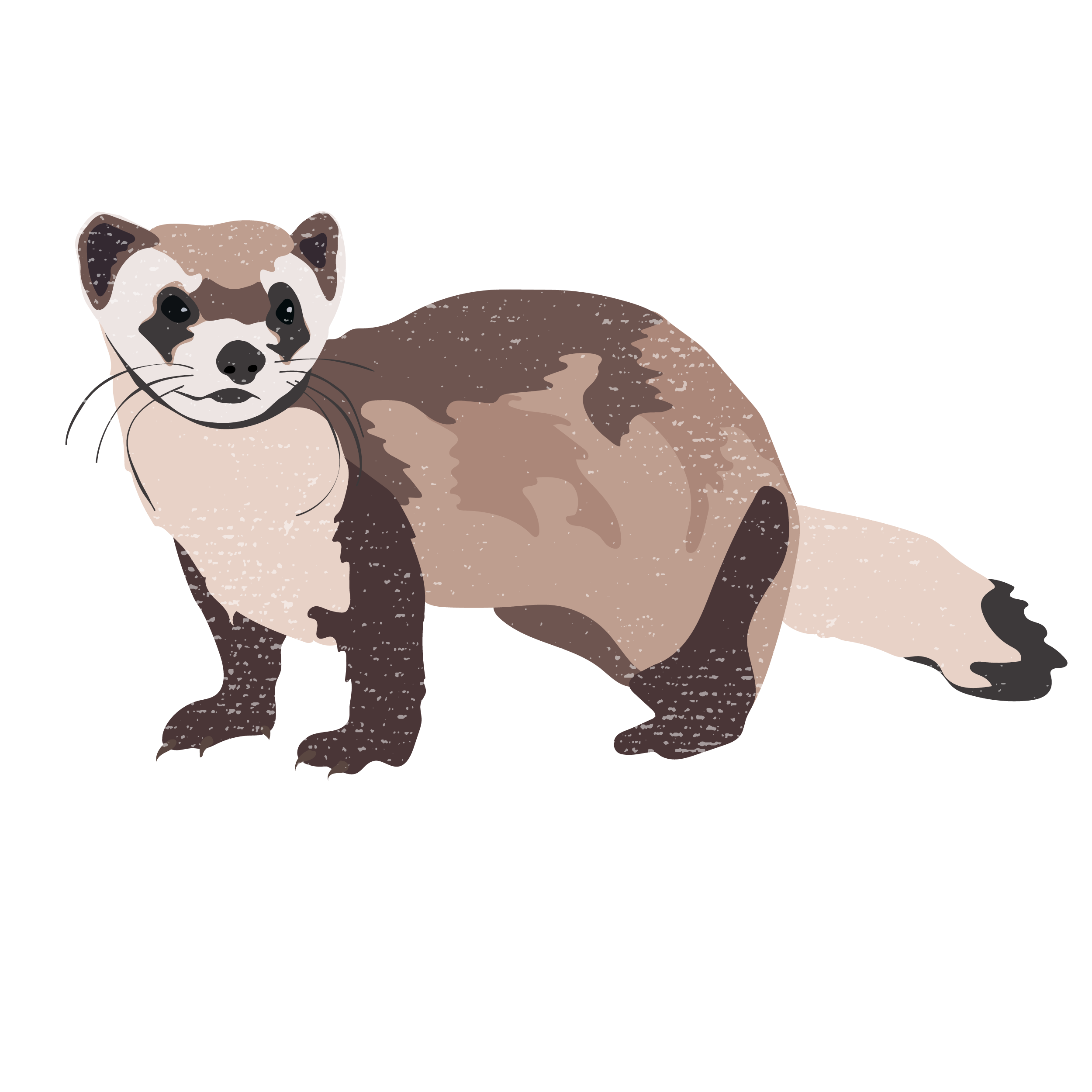
Southwest
Black-footed Ferret
Status: Critically Imperiled (G1)
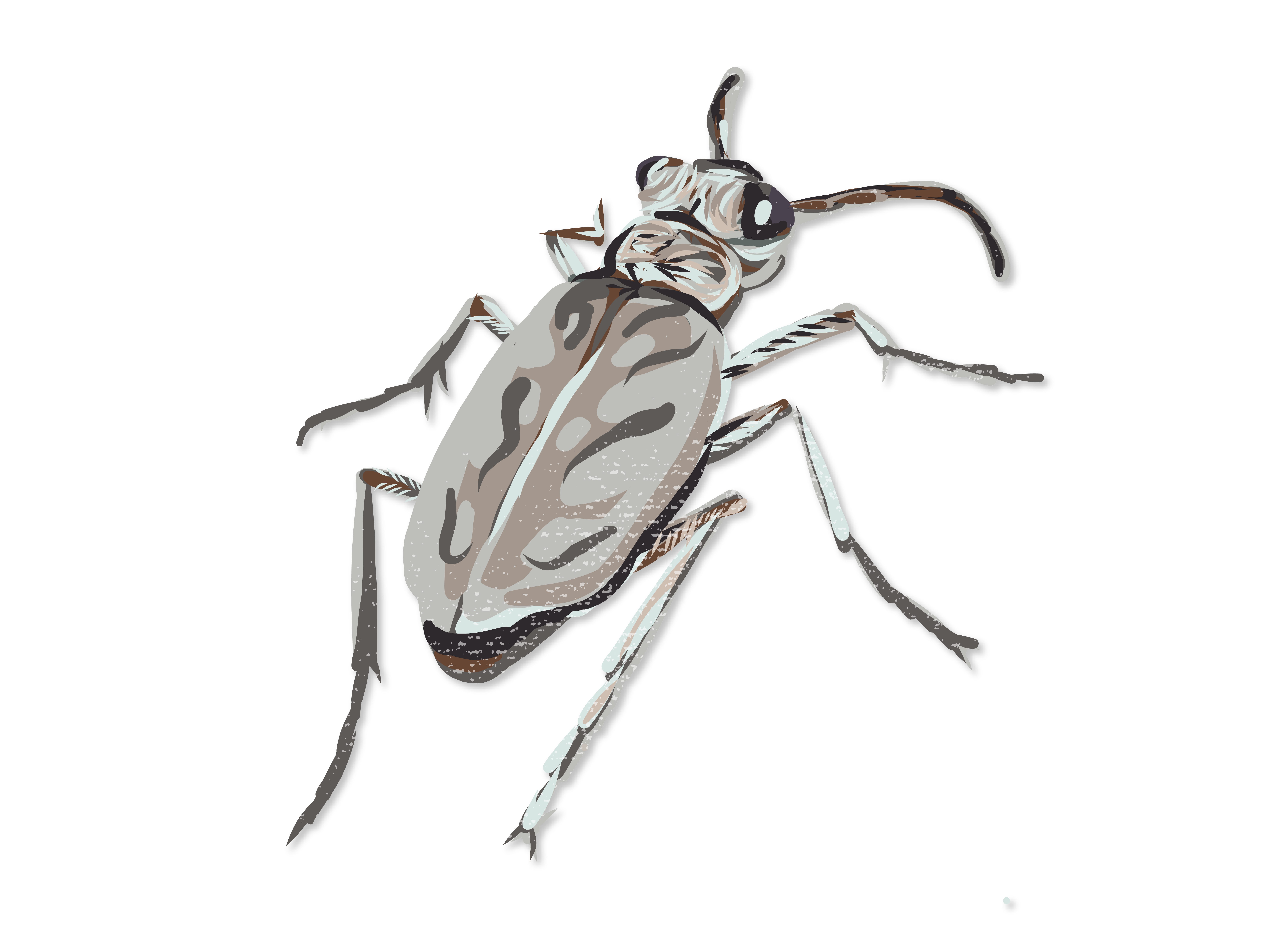
Midwest
Ghost Tiger Beetle
Status: Vulnerable (G3)
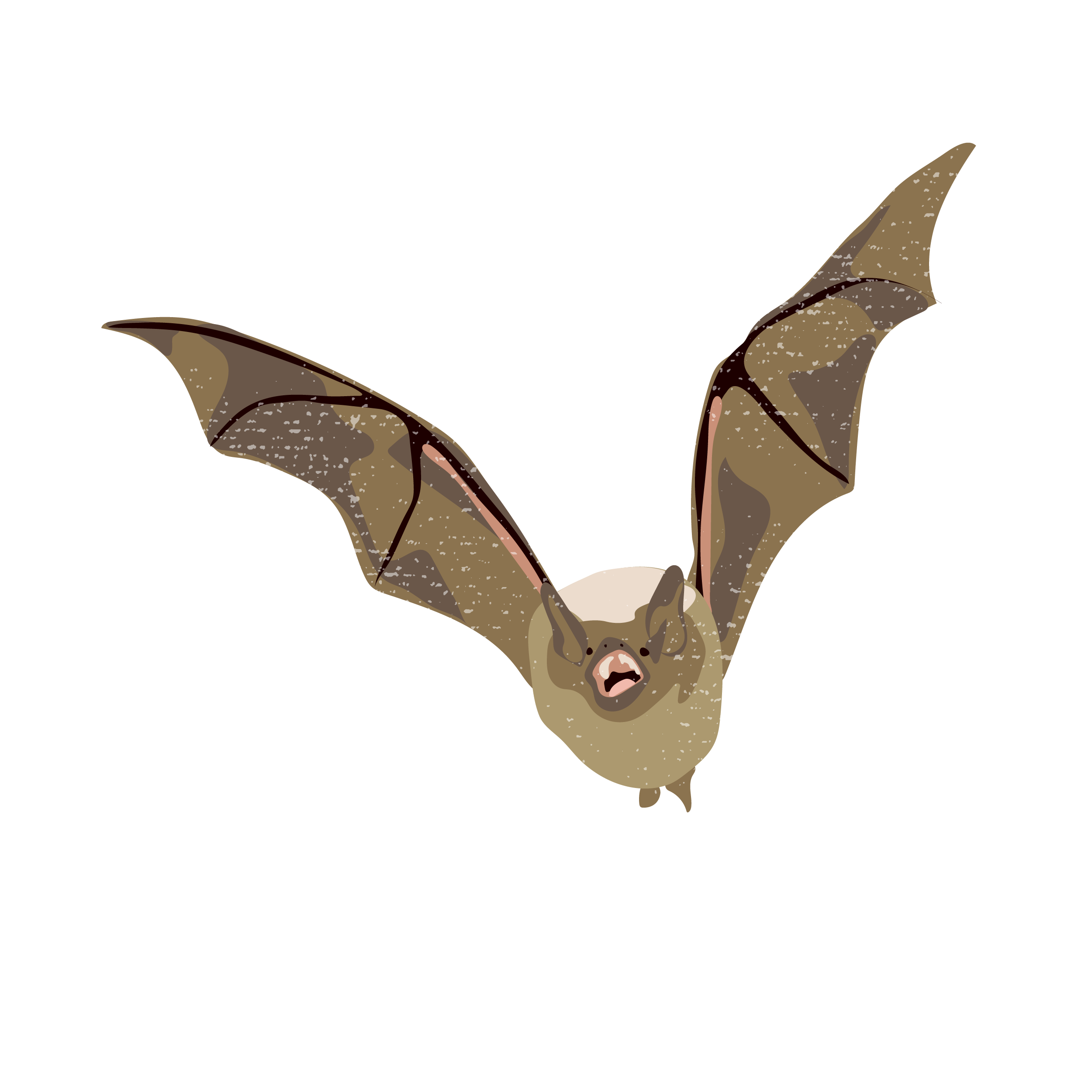
Northeast
Little Brown Myotis
Status: Vulnerable (G3)
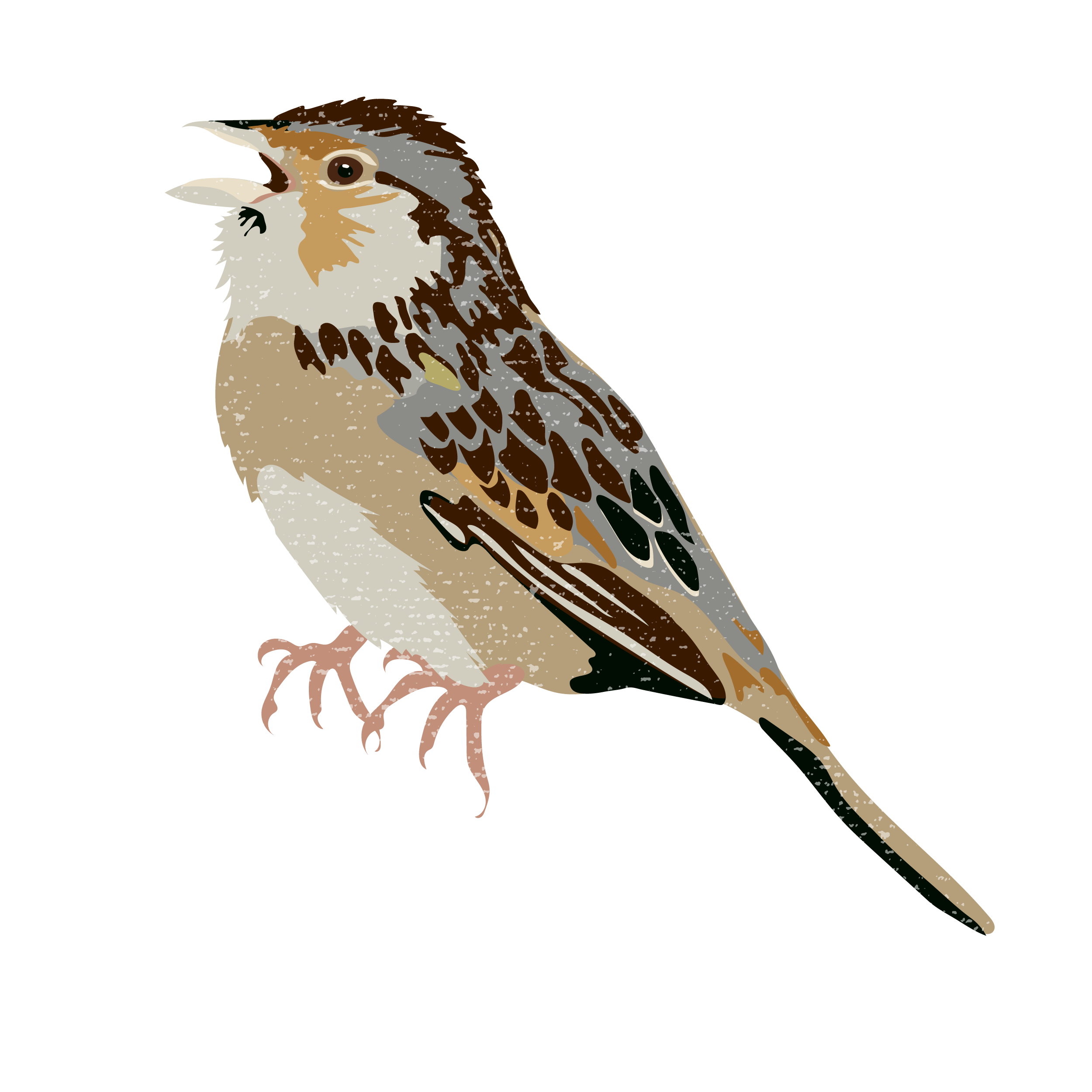
South
Bachman's Sparrow
Status: Vulnerable (G3)
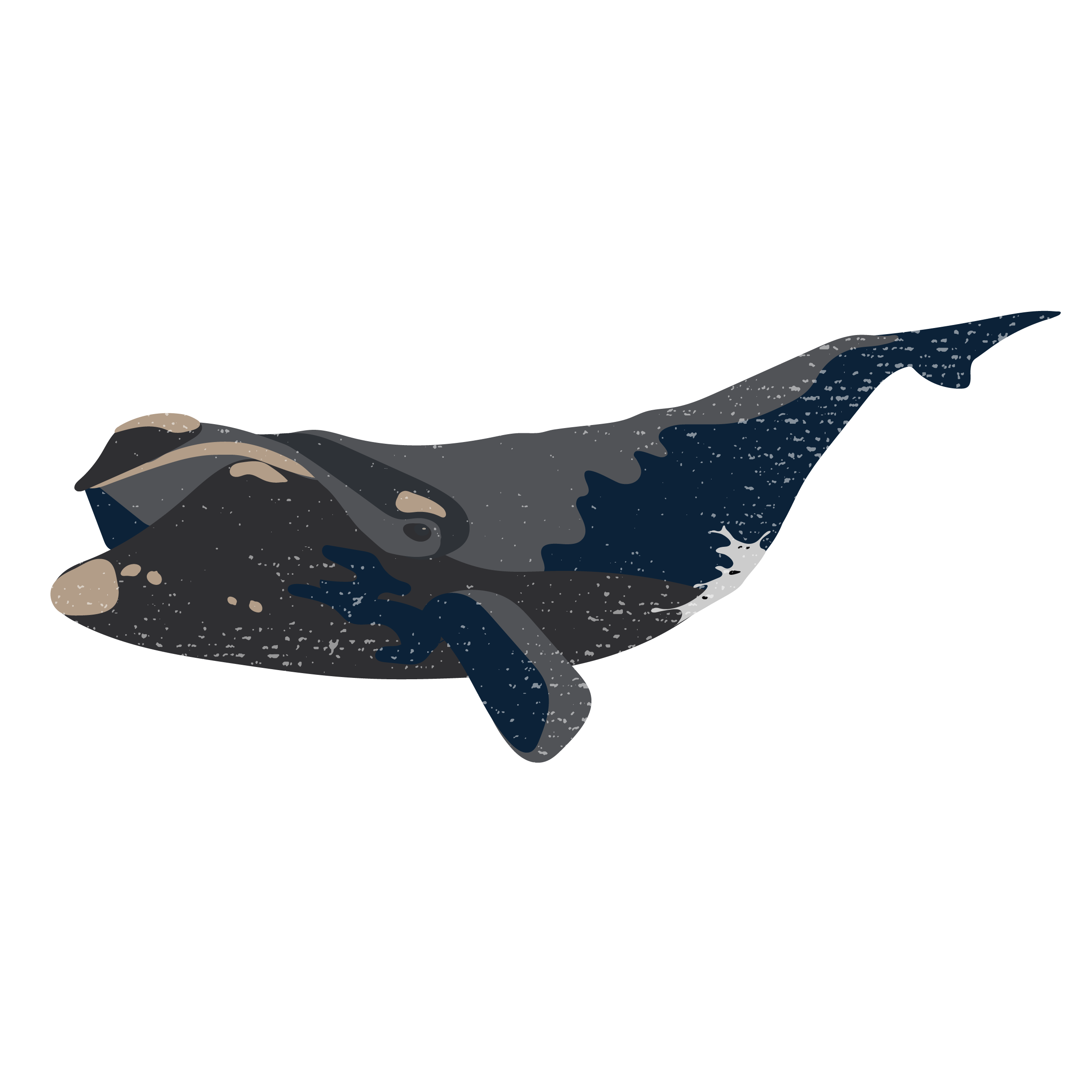
Hawaii and Alaska
North Pacific Right Whale
Status: Critically Imperiled (G1)

10 Things You Can Do to Support Biodiversity
Aside from financially supporting environmental organizations like NatureServe, below are 10 easy actions you can take to help your local biodiversity.
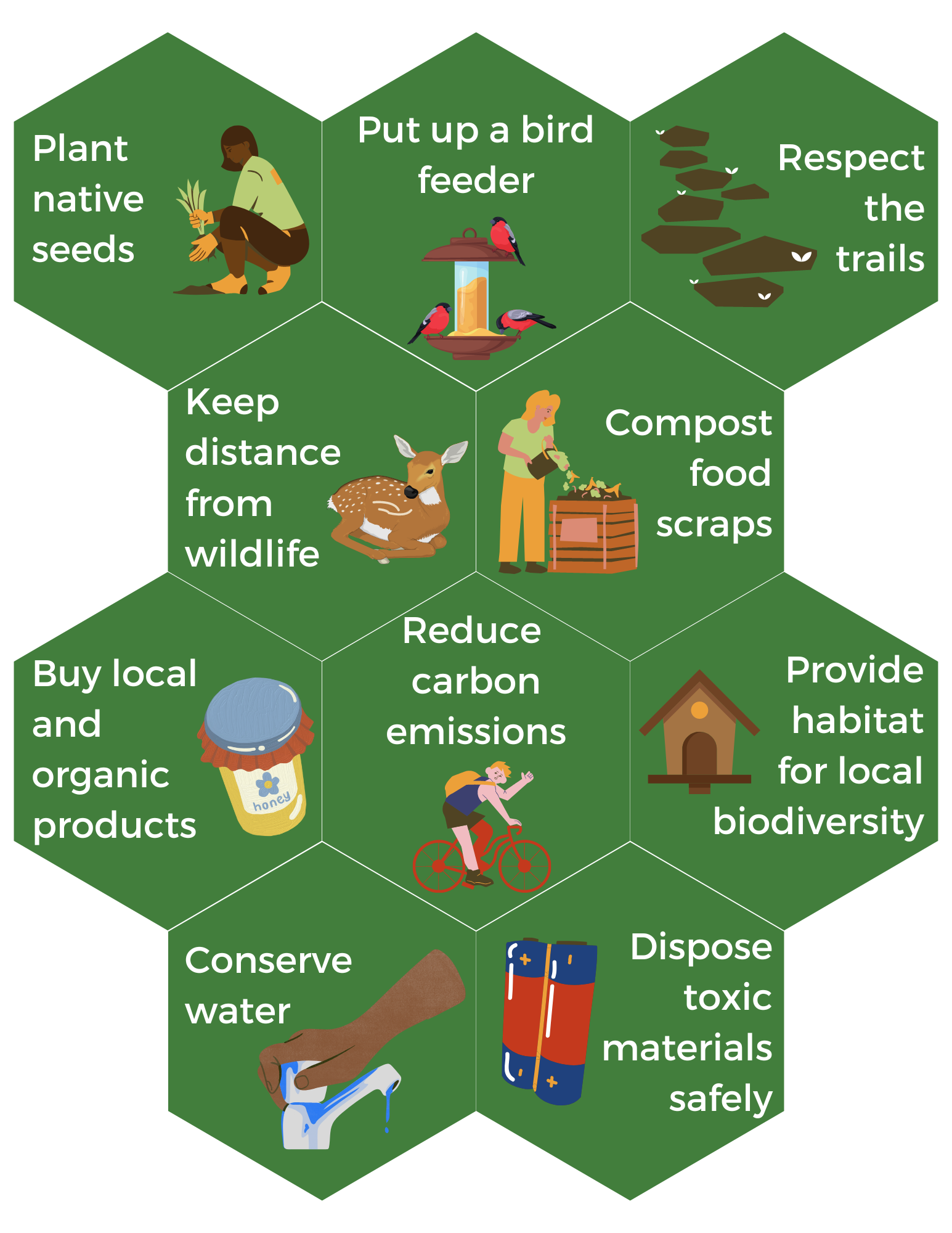

NatureServe Explorer and NatureServe Explorer Pro
Venus flytrap (Dionaea muscipula). NatureServe Global Status: Imperiled (G2). Photo by Kenneth Lu.
NatureServe is the premiere source of biodiversity data in North America. We harness the power of technology to support effective biodiversity conservation.
Two of our tools, NatureServe Explorer and NatureServe Explorer Pro, are free to use and accessed by government entities, scientists, academic scholars, corporations, and nature enthusiasts like you! Watch the two videos below for a step-by-step tutorial on how you can use NatureServe Explorer and NatureServe Explorer Pro to learn about what biodiversity exists near you and how it is doing near you.
NatureServe Explorer
NatureServe Explorer Pro
Donations to NatureServe can help keep these tools free and unlimited for everyone to use. Contribute today!

50th Anniversary of the Endangered Species Act
Bald eagle (Haliaeetus leucocephalus). NatureServe Global Status: Secure (G5). Photo by Kea Mowat.
2023 marks 50 years since the Endangered Species Act was passed. Although there’s much progress to be made, this important piece of legislation has saved many iconic species from extinction by requiring habitat protection and the development and implementation of recovery plans.
Explore the map below to find out how many species are listed as Endangered or Threatened in your county.
To be able to list and effectively protect threatened and endangered species, we need to know where they occur and how they are doing over time. That's the role NatureServe takes. We are the authoritative source for biodiversity data throughout North America and have been providing unbiased scientific information about which species face extinction since the ESA was signed into law!

Biodiversity is...
California poppy (Eschscholzia californica). NatureServe Global Status: Apparently Secure (G4). Photo by Joanna Gilkeson, U.S. Fish & Wildlife Service.
We asked some NatureServe supporters what biodiversity meant to them, and here’s what they said!
What does biodiversity mean to you?
Biodiversity is...heaven on earth. Without it, it would be hell.
Misty Fyre
Biodiversity is...life as it was intended to be.
Brigitte Whitlow
Biodiversity is...letting Nature do her thing, unpoisoned and unrestricted.
Lawrence Lintner
What inspires you to give NatureServe?
It allows me to help direct efforts and resources towards the most effective targets, ensuring that limited resources are used efficiently, and prioritizing which actions to implement first to protect and promote biodiversity.
Jonathan Wilfong
The rate and degree of loss of biodiversity throughout the world is staggering and totally depressing. Making a contribution to organizations working to protect biodiversity and reduce its decline is enormously satisfying to me.
Douglas Ripley
Why is biodiversity important?
The importance of biodiversity is so much more personal and immediate to me for the pure beauty, richness and wonderment it brings to life...
- A sun-gilded river edged by the violet to indigo haze of Virginia bluebell along its banks on a late April evening.
- The magnificent symmetry and ingenious design of a common milkweed flower alive with a host of unwittingly recruited pollinators.
- The brilliant, sonorous and joyous clamor of the gem-like song birds that pepper the hedgerow outside my kitchen window each morning but also the silent and somber murmuration of blackbirds streaking and shimmering across a darkening evening sky on my drive home.
- A herd of elk emerging like shadows from a fog shrouded stand of golden aspen, passing silently by, wraith-like then blending back into the forest becoming shadows then mist again.
No less than a magnificent work of art or literature or an emotion drenched, moving piece of music, biodiversity works on our soul by connecting its parts, refreshing the senses, renewing a sense of belonging and showing us something that we should pay attention to.
Robert Solomon
Join our community of supporters by making a donation today.